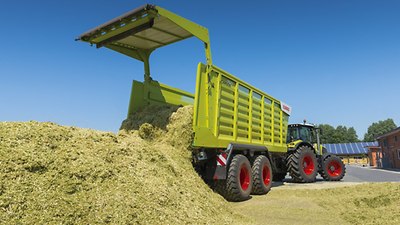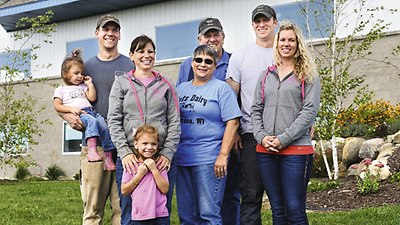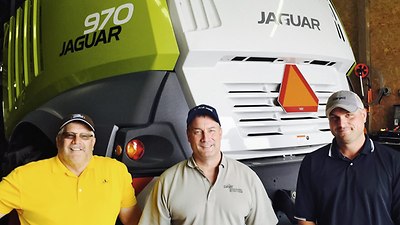

International field reports.
Den Dungen, Netherlands
Jennissen Dairy Farm
In addition to their contractor business, Toon Jennissen and his brothers run two dairy farms with a total of 450 cows. Prompted by dairy farms among his customers, he teamed up with them to test SHREDLAGE®. After just a few weeks of the new feed regime, it was clear to him and his customers that SHREDLAGE® is not short-lived hype. It is a trend which will become established.
Vinderup, West Jutland, Denmark
Nørsøller farm
300 cows, 3 milkings a day and 13,000 kilograms of milk per cow per year – the Nørsøller farm is one of Denmark's top 20 dairy farms. "We were able to remove rapeseed straw completely from the feed ration without any impact on the animals' rumen health. In fact, the herd's health is excellent," reports a delighted Morten Nørsøller. "All the cows have shiny coats and nine out of ten of them are ruminating when lying down. That's the way it should be."
Lügde, North Rhine-Westphalia, Germany
Glitz farm
Steffen and Josef Glitz run a farm with 125 dairy cows and 120 hectares under cultivation. Before changing over to SHREDLAGE®, the farm had an average yield of just under 26.5 litres of milk per cow per day; today, it is almost 31 litres. "It's a huge jump, and it's down to our own forage. And of course it's ideal in economic terms, too," says Steffen Glitz.
Practical experiences of SHREDLAGE® in the US.
The Western United States is home to large dairy farms with more than 2000 cows. Although the feed rations are calculated tightly, the milk yields are huge, as high as 54 litres per cow per day. Maize silage plays a central role here. US farmers have always used long-chopped silage, but the last four to five years have seen growing demand for the SHREDLAGE® process. Farmers Aaron Kutz and Paul Trierweiler talk about their experiences with SHREDLAGE®.


Ensiling the longer-chopped maize presented no problems on any farm. The intensively processed chopped material packed very well and could be compressed without difficulty. Fermentation after the clamp was covered also ran perfectly on all the farms, the prerequisite for this being optimal management of the compression process as well as management of the clamp.









